Back From Bouchercon
/Sorry about the radio silence last week. I was just back from Bouchercon, was up to my eyeballs in getting LAMENT THE COMMON BONES ready for our early readers, and three out of four of our cats were freshly vaccinated and not all were doing well. But I’m back on track and ready for an update on the past few weeks.
Bouchercon: Bouchercon 2017 was a great success. Louise Penny was, as always, a standout Guest of Honour. As popular and well-known as she is, she’s still gracious, funny, and down-to-earth. She talked about the loss of her beloved husband Michael with honesty and love, had insightful stories about her early days of writing and what she’s learned over the years, and had endless time for fans at all of her signings (each one that went on for hours at a time). The conference was in a great location, was well organized, and had something for everyone from fans, to beginning writers, to battle-scarred veterans.
Personally, I had a great time. My panel on the Critters of Crime was a blast, and a special thank you goes to moderator Michael Kurland, and fellow panelists Margaret Mizushima, Janet Finsilver, Eileen F. Watkins, and Kelly Oliver. It was great to get together with fellow Crime Writers of Canada authors, who were extremely well represented. Kensington also had a significant presence and we had an extremely popular author signing. It was a pleasure meeting so many authors I’d only interacted with on-line, as well as new readers. The Kensington authors even had a fun outing to the Penguin Random House head office in Toronto for a lovely wine and cheese open house. I came home from the conference pretty tired, but very satisfied with my time away.
LAMENT THE COMMON BONES: Back home again, my husband Rick and I continued to work on getting LAMENT ready to go out to early readers. Rick has put an immense amount of time into all the persnickety formatting that is required for CreateSpace as well as for .mobi and .epub file production. Thanks also to my daughter, Jess, the artistic mind and the skills behind putting the full cover together while dealing with CreateSpace’s finicky requirements and tackling the project every time we were slightly off target. I’m happy to say that the print copy is now ready to go. A proof copy is ordered and once I’ve reviewed that, it’s ready to print and ship. Early readers and bloggers now have their advance copies and we’re looking forward to early reviews in the coming weeks. We’ll also have buy links coming in the next few weeks.
Newsletter: A new book coming out means that new editions of the newsletter will be coming out shortly. Want a sneak peak at the hit-the-ground running opening chapters that an early reader got sucked into today when she needed to get out and get things done (sorry, D!)? Then sign up for the newsletter at the bottom of the home page here at Skeleton Keys.
FBI K-9s #3, STORM RISING: Our fantastic crit team has returned their copies of STORM RISING, so we’re back at work on the final finishing touches before the manuscript is due to our editor at the end of next month. They made some really great suggestions, and, fortunately, have no major plot issues, so we’re in good shape with time to spare to make sure the manuscript is squeaky clean before we hand it in.
And just a reminder that Halloween is coming and when it comes to book or treat, we vote book! And may we suggest BEFORE IT’S TOO LATE as your book of choice? We continue to hold a 4.53 average on Goodreads and readers are loving it!







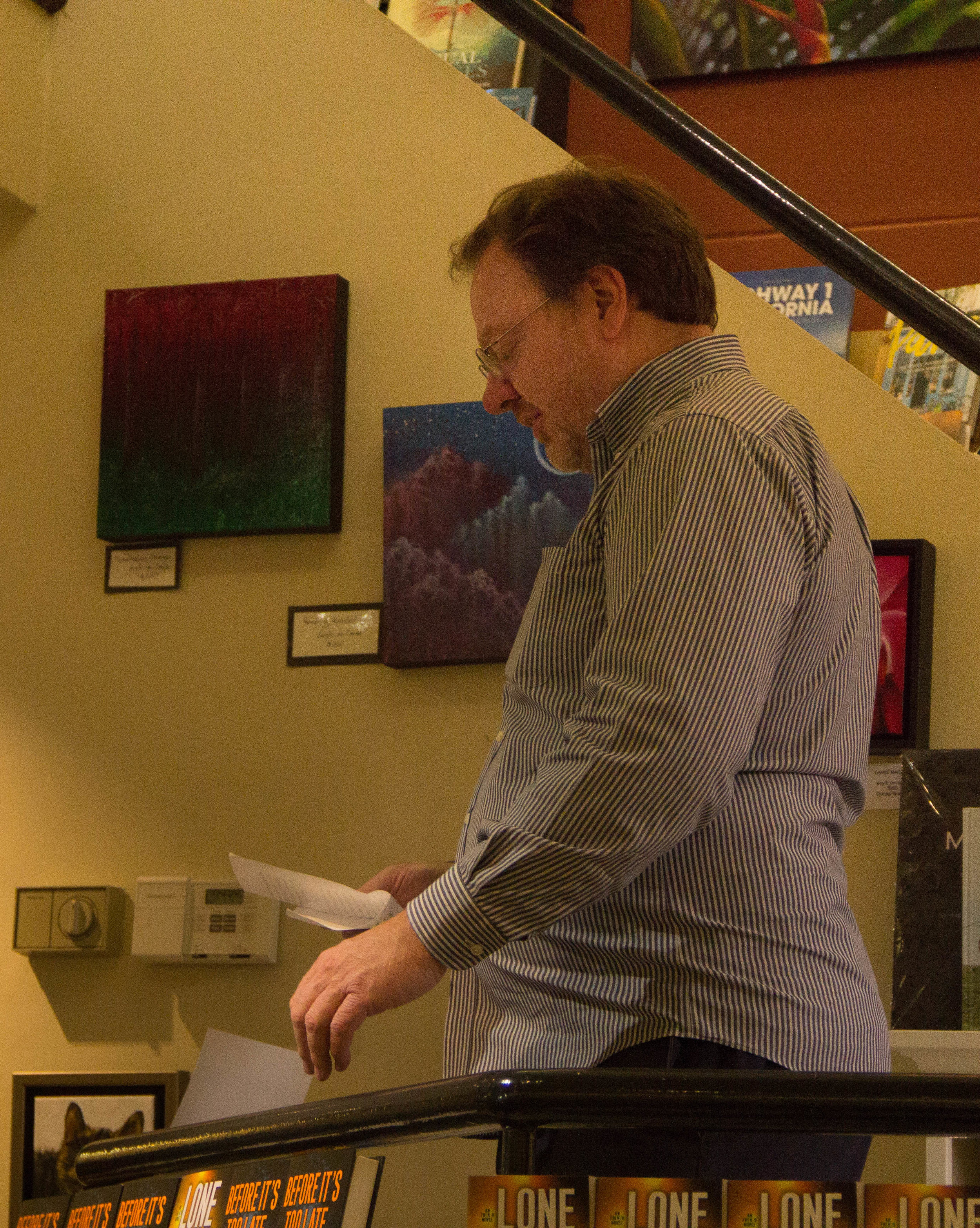
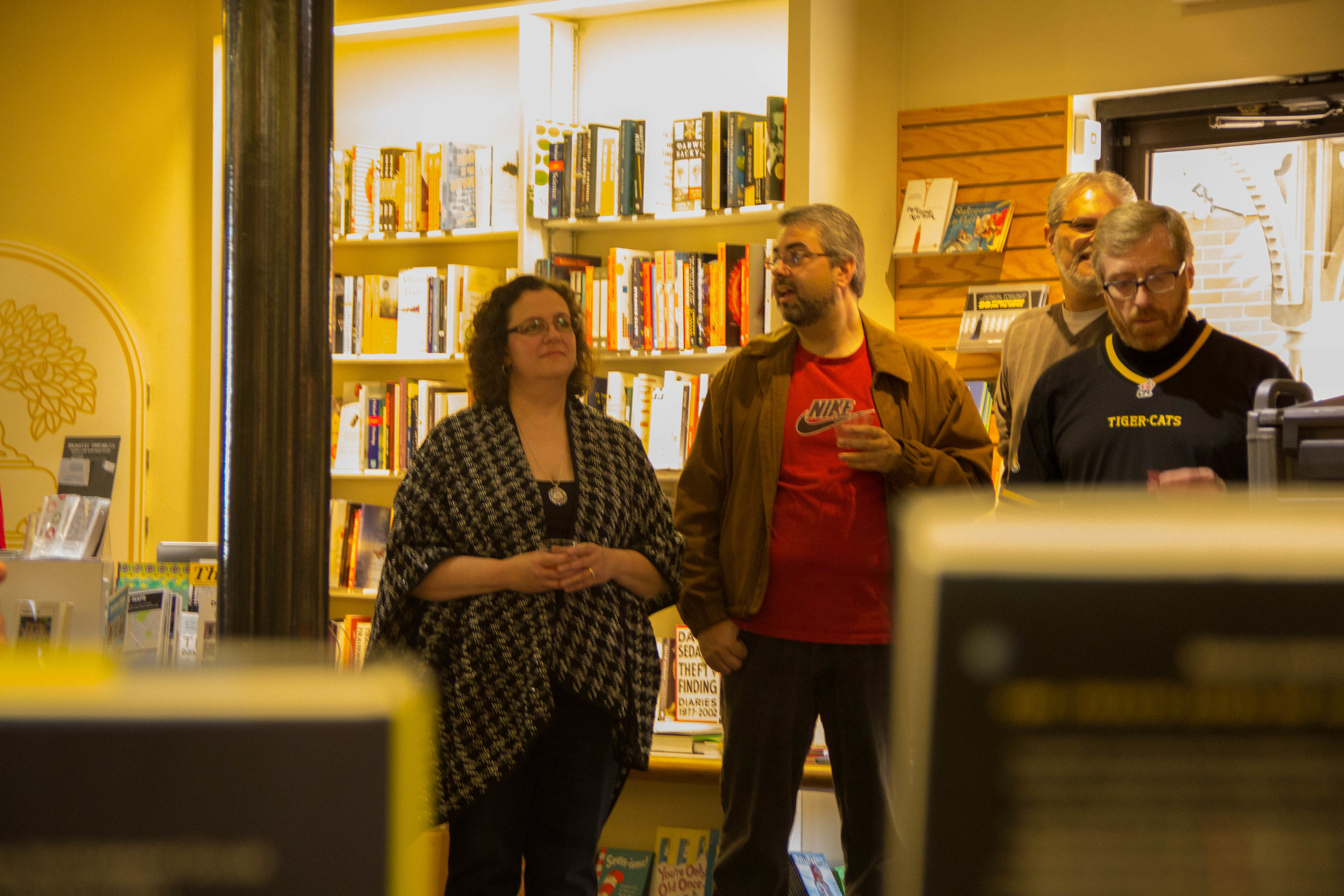
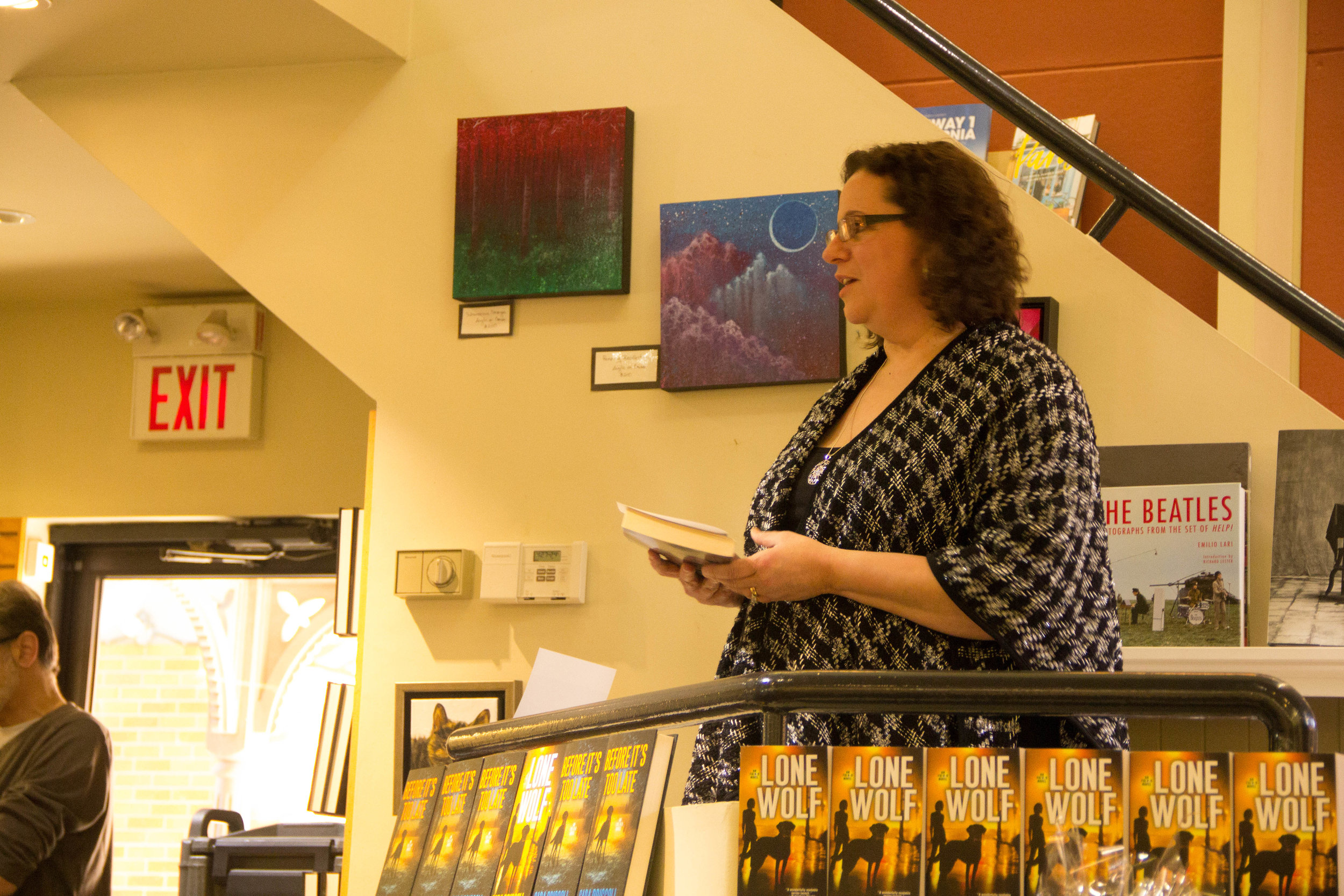





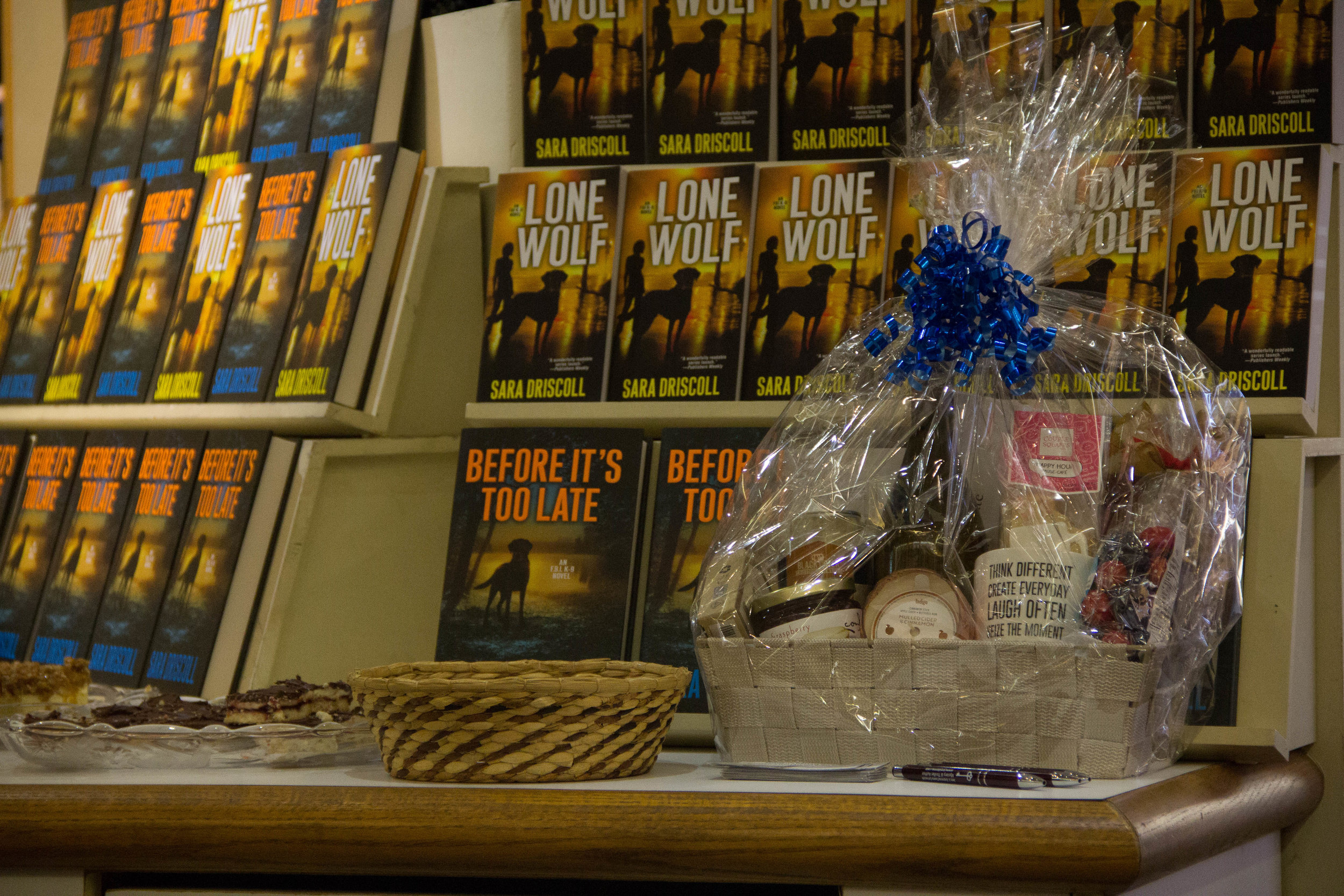
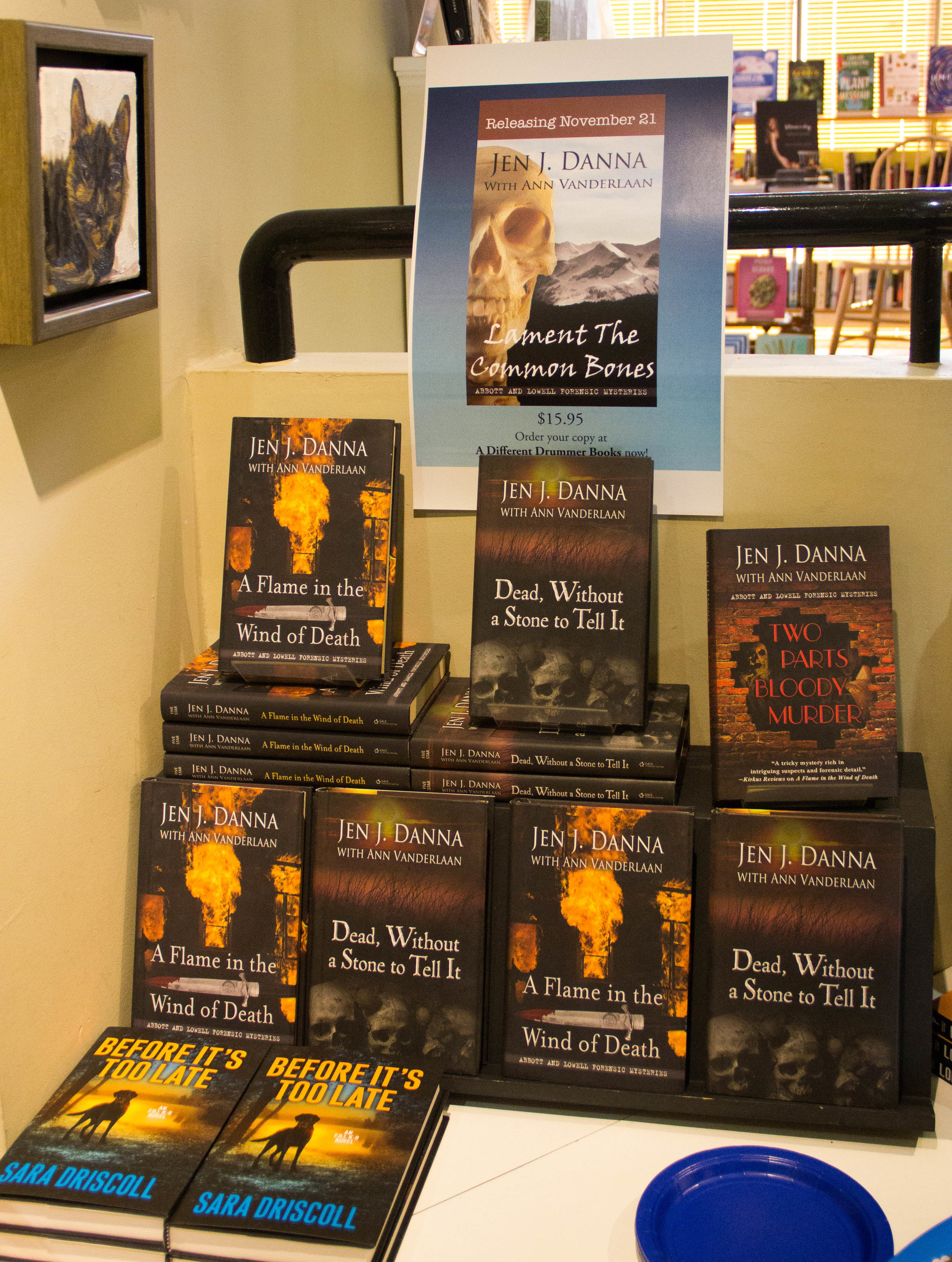

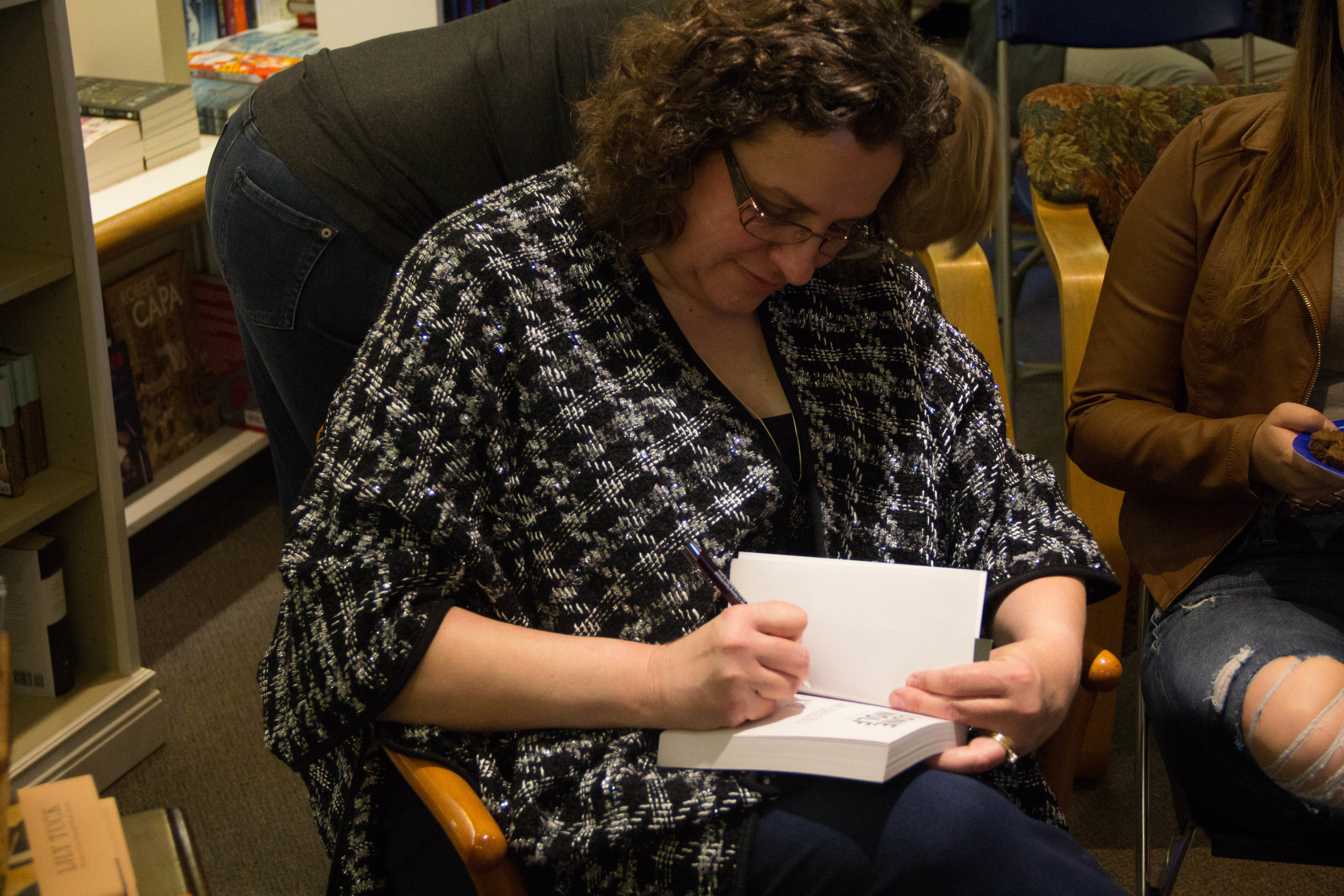
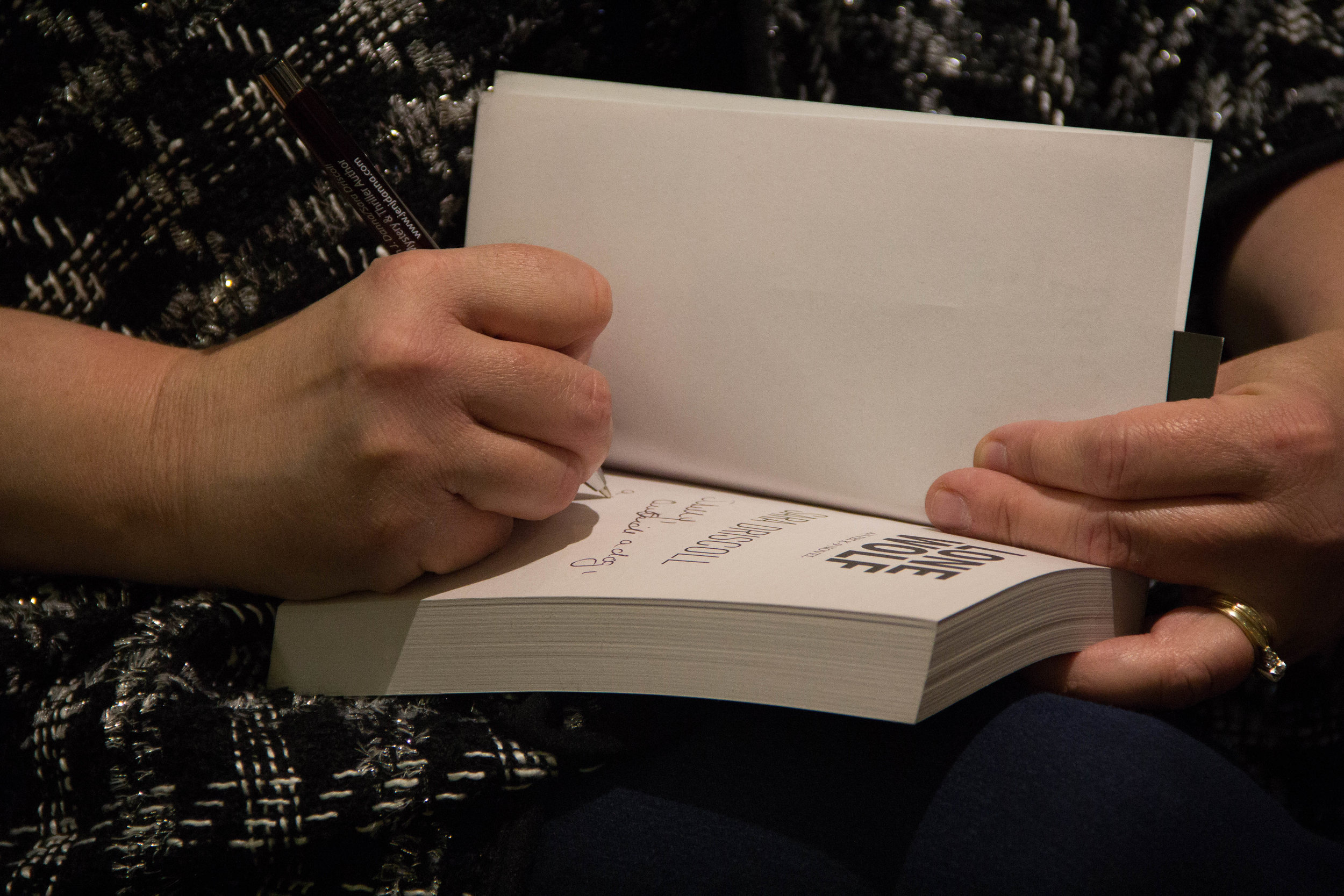



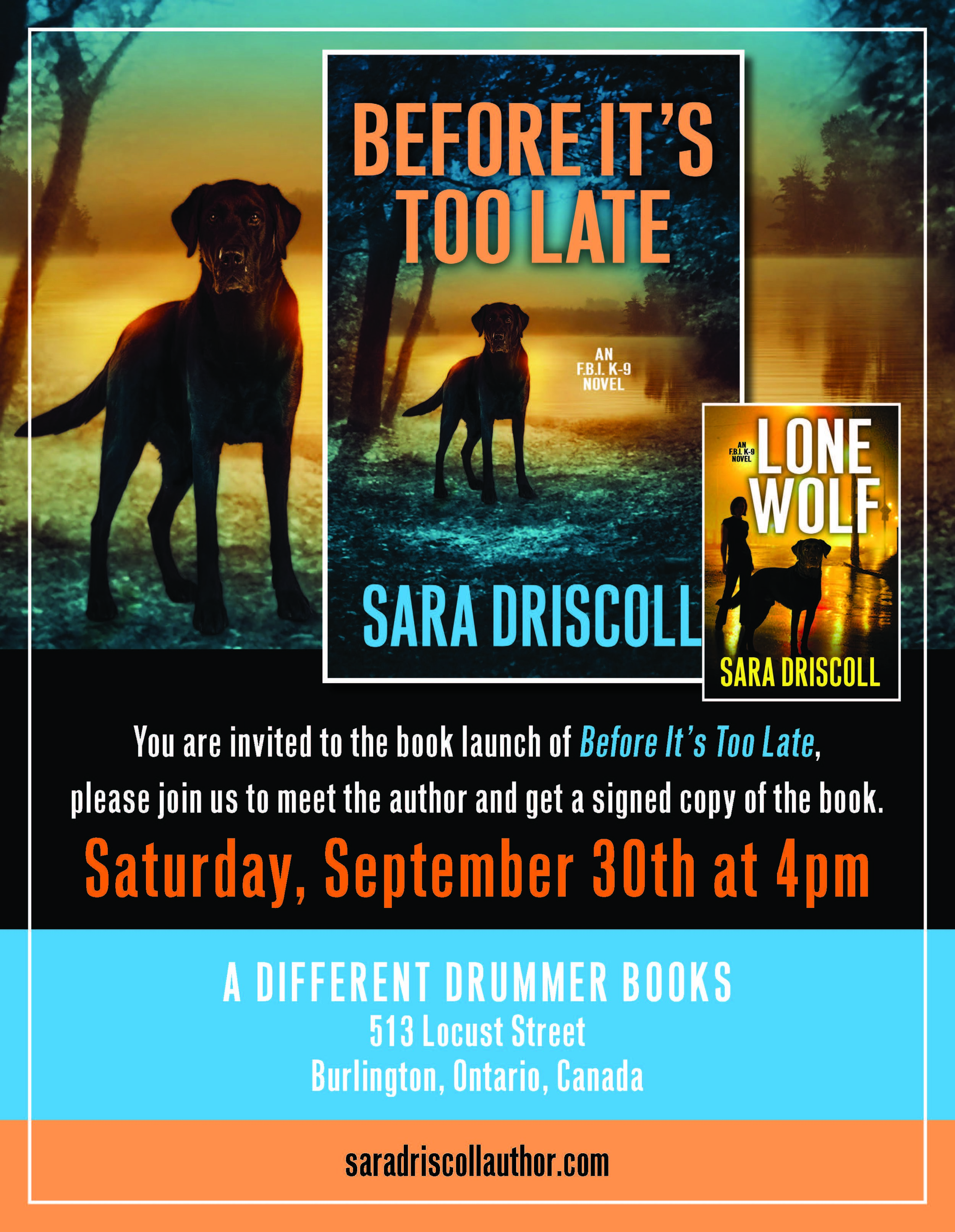
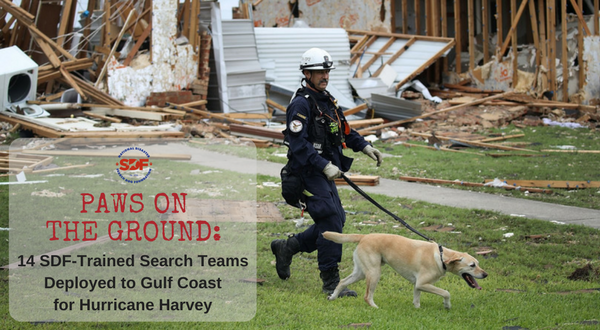
















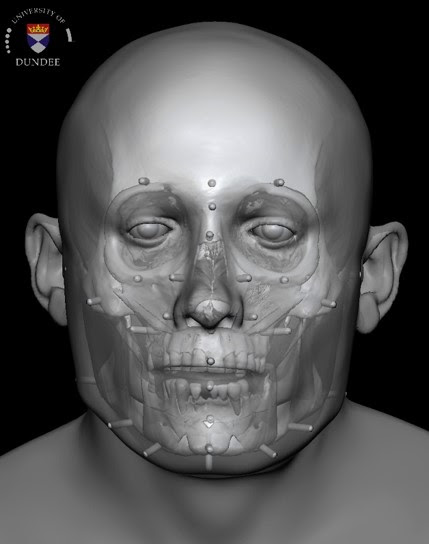











 0.7%
0.7%